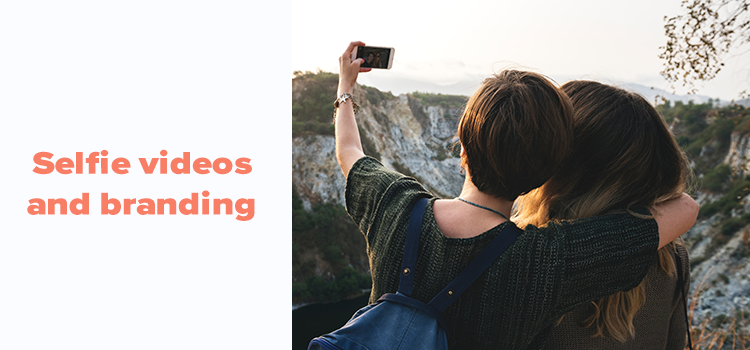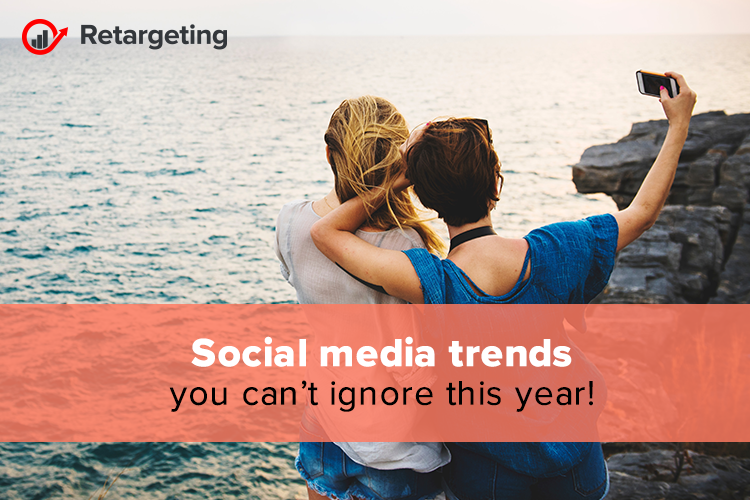Social media platforms have evolved into full-blown communication channels. As a consequence, more brands are relying on these platforms to reach their target audiences.
Consumer attention is scattered across various social platforms, not to mention other online diversions. Brands that hope to capture consumers’ attention and bucks need to keep in touch with how their audiences utilize these platforms. The bottom line is that, as trends evolve on social media, so must the corresponding marketing.
Social media is storytelling
Social media’s popularity is rooted in the fact that it allows us to share our life experiences with friends and families. We get to tell our stories through our posts, and we get to see a snapshot of everyone else’s lives through our news feeds.
Social media is adapting, embracing new ways to allow people to tell their stories and share their narrative with the world. Instagram, Snapchat and Facebook are embracing this trend, and it’s changing the way we consume social media content.
This opens the door for brands to share more human stories of their own, which will inspire audiences to try out their product. Storytelling feels real, immediate and personal, but it also demands a mix of more time-intensive video, images, and graphics, and requires brands to be more creative.
Build a brand narrative
Along with honing their human stories, businesses are going to need to build a strategic narrative behind their brand.
These narratives can be distributed through social media and digital media, and they reflect what a brand’s community is saying about them. If a brand can build a larger story, it will have a better chance of success.
Brand narratives need to be compelling and lead audiences to action. Your brand story needs to be inspiring and stand out against other social media content.
Give your brand a human face
Personal branding is a must on social media. Putting a real, human face to a brand is key to building trust and loyalty, especially for small businesses. Personal branding gives a business a human element that will naturally connect customers and make the brand seem more relatable.
Businesses that learn to foster their human element will have a real advantage over those who hide behind a logo.
One popular way of humanizing a business is to promote the personal brand of the business owner or a high-level leader. This can be done through guest blogging, podcasts, and webinars. Giving the public an up-close view of the company’s leader can strengthen its brand reputation.

Selfie videos and branding
The selfie culture continues to flourish on social media, with the popularity of selfie photo evolving into the self-recorded video.
Like the selfie photo, the selfie video allows users to capture a moment in time, but in a deeper and more personal way than a photo ever could. It tends to be short and feels more immediate than a written post with a photo.
Traditional advertising can be off-putting to younger audiences, who are more cautious about their purchases and want a more authentic experience with their brands. The selfie video can help a brand seem more relatable and trustworthy.
Segment your social audiences
While brands talk about their customers and audiences, the reality is that most businesses will have multiple audiences. Segmentation is the process of organizing your audience into manageable groups so you can tailor your messaging and communications to the preferences of each group. Social media is most effective when you segment your audiences so you can be relevant to the right groups of people at the right time.
Making assumptions about your audience and lumping them all together could limit your ability to reach more people. So the more you know about your audience and the various groups that make up your audience, the better you can adjust your messaging and narratives to fit each segment.
Hyper-targeted personalization
Customers have come to expect brands to tailor special offers and discounts to their wants and needs. To keep up with expectations, businesses need to step up their game when it comes to targeted advertising.
Brands will increasingly turn to hyper-targeted personalization to reach their audiences. This is often achieved through retargeting or remarketing ads. Ever wonder why you’re seeing an ad on your social media site for something you were shopping for earlier? That’s hyper-targeted personalization at work.
Know your platforms
Businesses should carefully consider which social media platforms to focus on, as each platform tends to be used by different groups. For example, over 80 percent of Pinterest users are female, and more than 50 percent of users are from the US. So, if a brand is targeting American women, posting on Pinterest could help isolate that group.
Meanwhile, Snapchat users tend to be younger than those who use Facebook. And career-focused professionals spend more of their time on LinkedIn. Brands that use multiple platforms should use these distinguishing characteristics to decide where to post content and on which platforms to focus the majority of their marketing efforts.

